
Caring for Great Danes comes with unique responsibilities that not all dog ownership shares. If you are gearing up to add a Great Dane into

Caring for Great Danes comes with unique responsibilities that not all dog ownership shares. If you are gearing up to add a Great Dane into
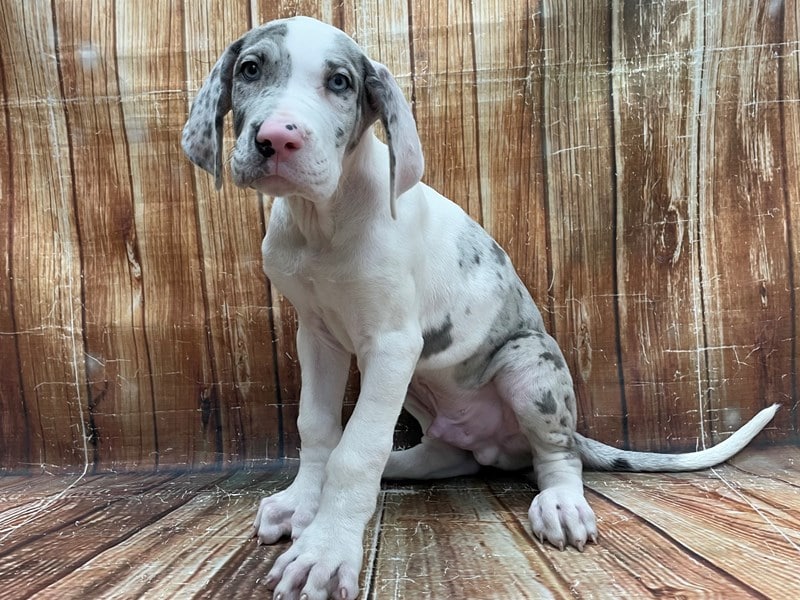
Potty training a Great Dane is no easy feat. These dogs are big and powerful, and they can be quite stubborn when it comes to
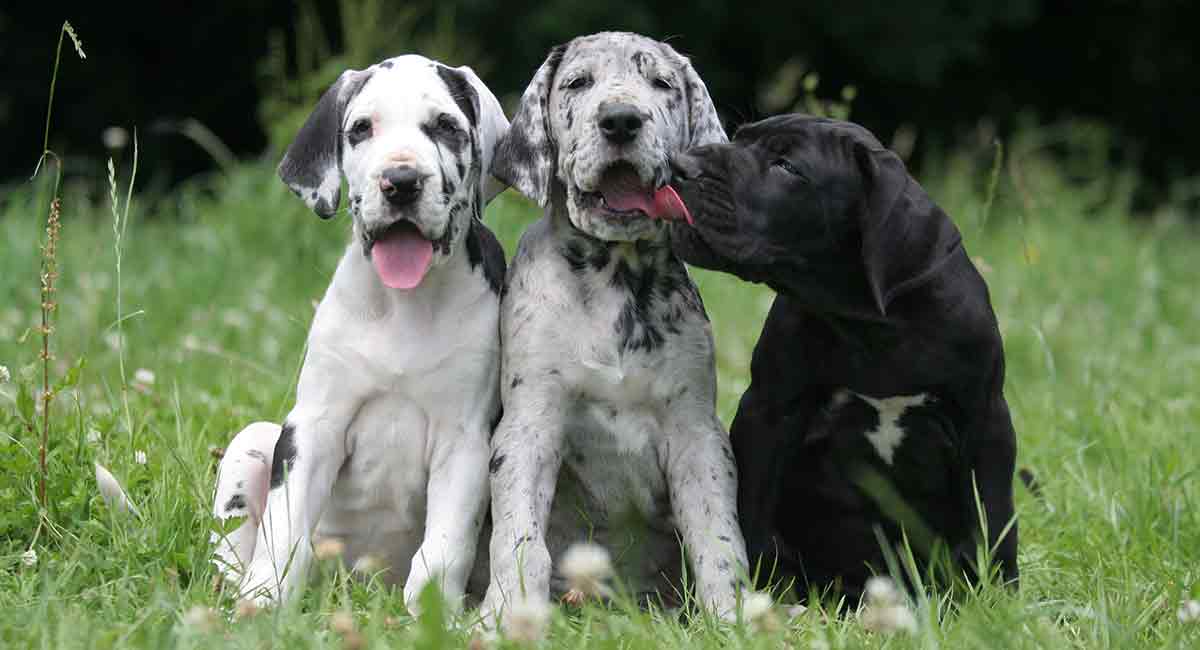
If you are the proud owner of a Great Dane, then you will want to make sure that you start training them as soon as
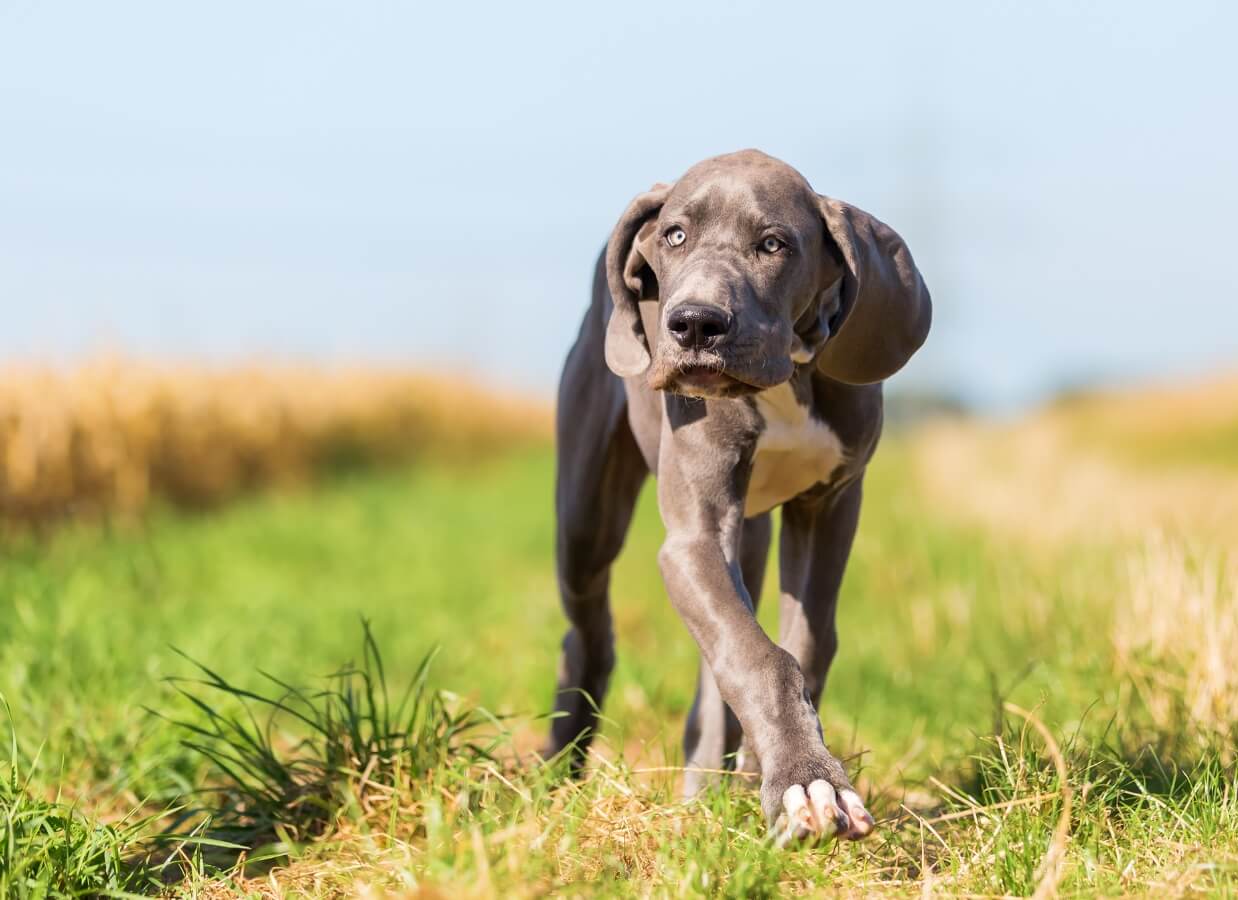
Potty training a Great Dane puppy can seem daunting, but with these 11 simple steps, you’ll have your pup trained in no time! The most
If you are considering adding a Great Dane puppy to your family, there are a few things you should know. Great Danes are gentle giants

If you are looking into a shock collar for Great Dane training, you’ve come to the right place! We offer modern dog training advice and can
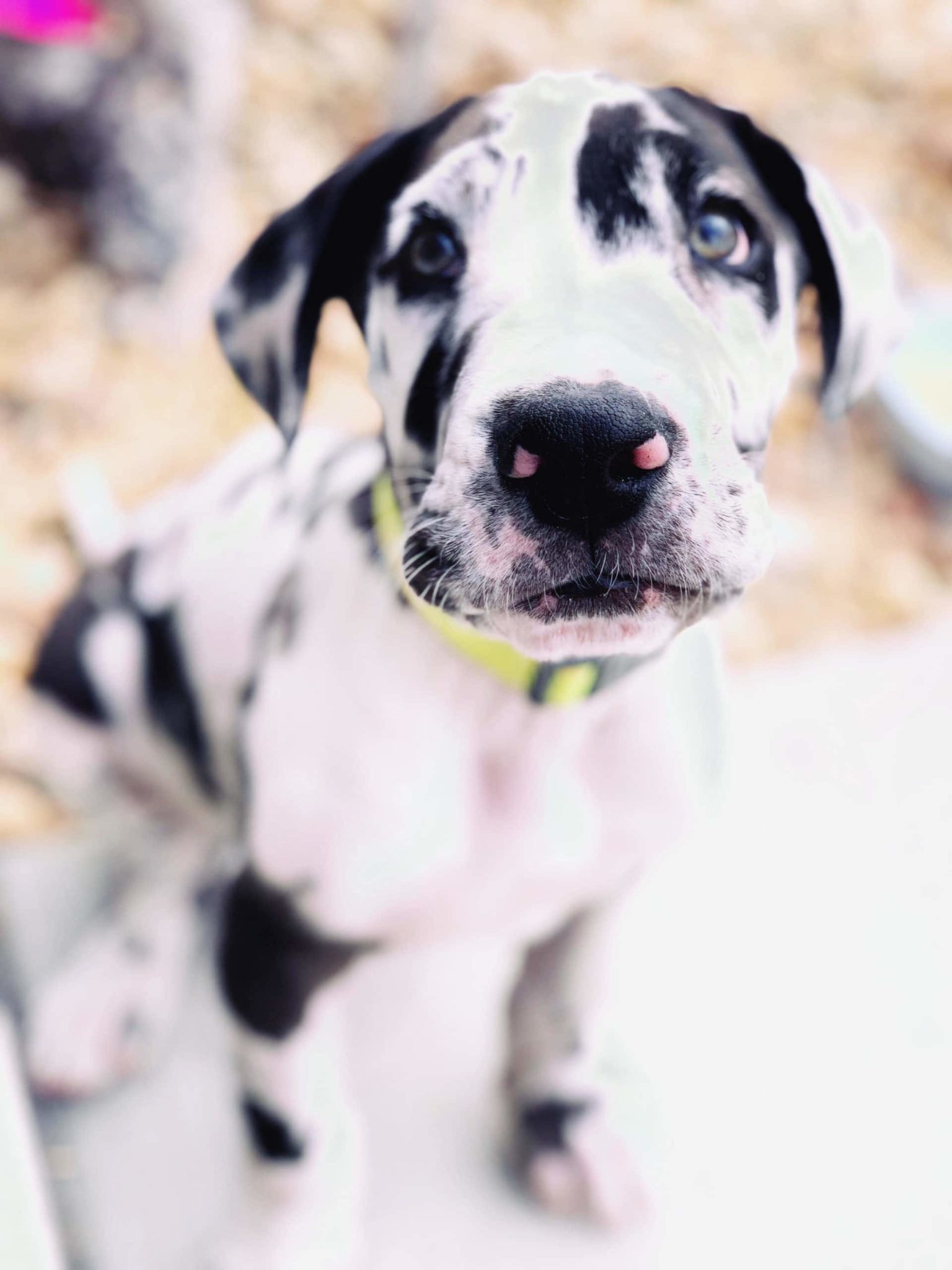
Raising a puppy can be a fun, joyous, and sometimes frustrating adventure. It’s important to avoid making common training mistakes when training Great Dane puppies.

Fear stages in Great Dane puppies often happen without warning and can be alarming to pet parents. If your puppy is suddenly acting scared of
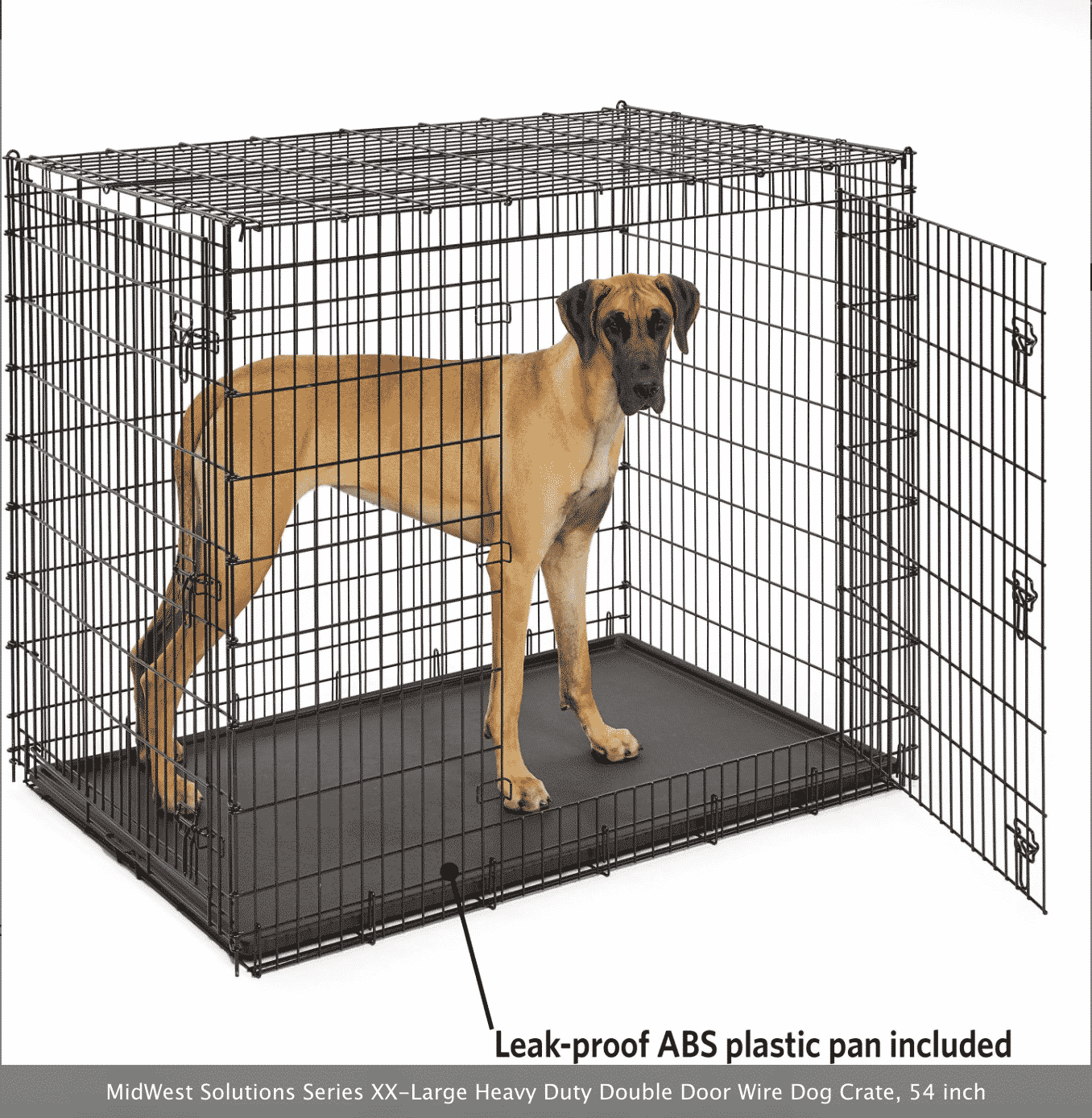
Finding the best crates for a Great Dane is no easy feat when your pup is over 100 pounds. Crate training a Great Dane is
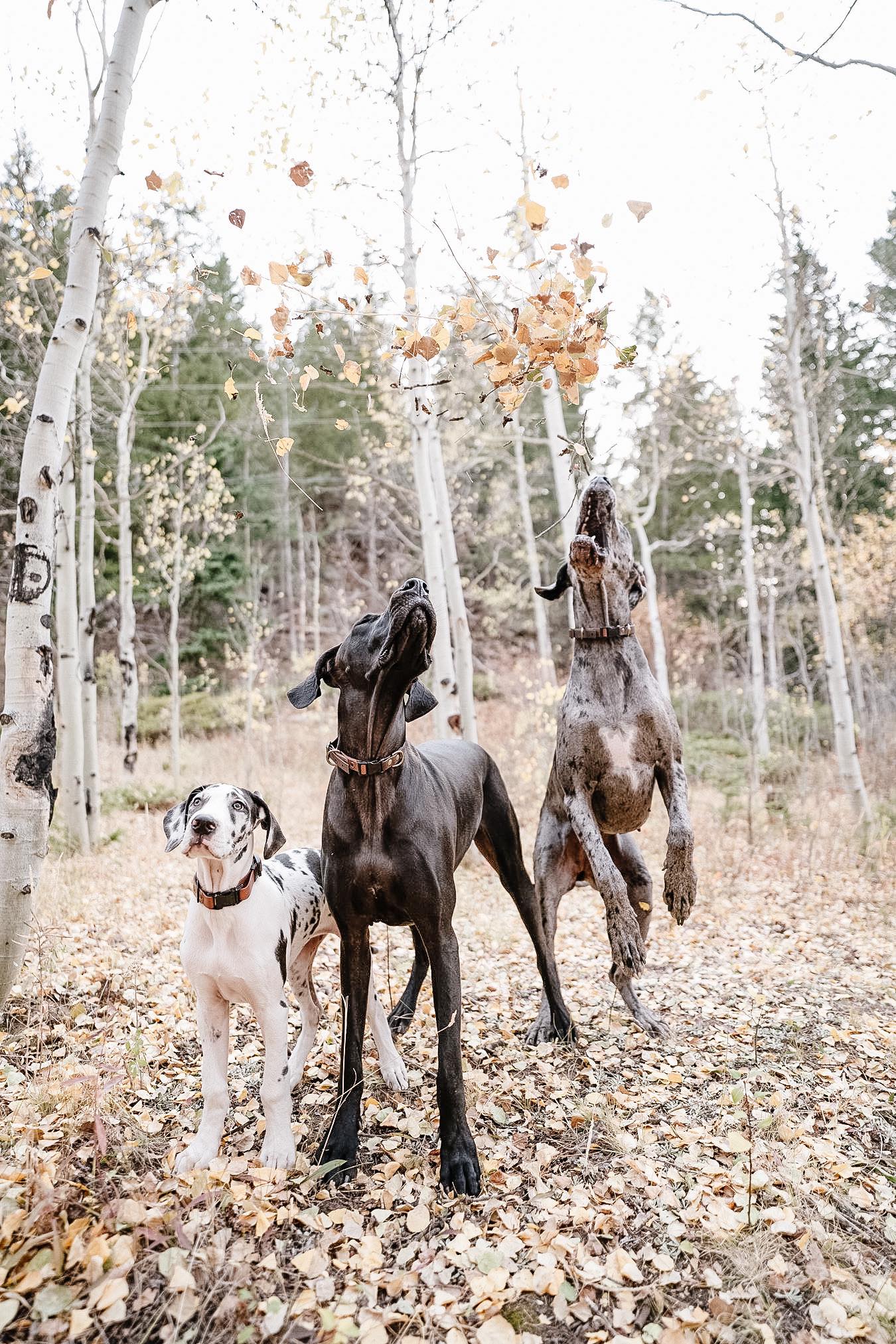
Today we are talking about how to stop a Great Dane jumping up. These are large dogs that can easily hurt somebody, even if their